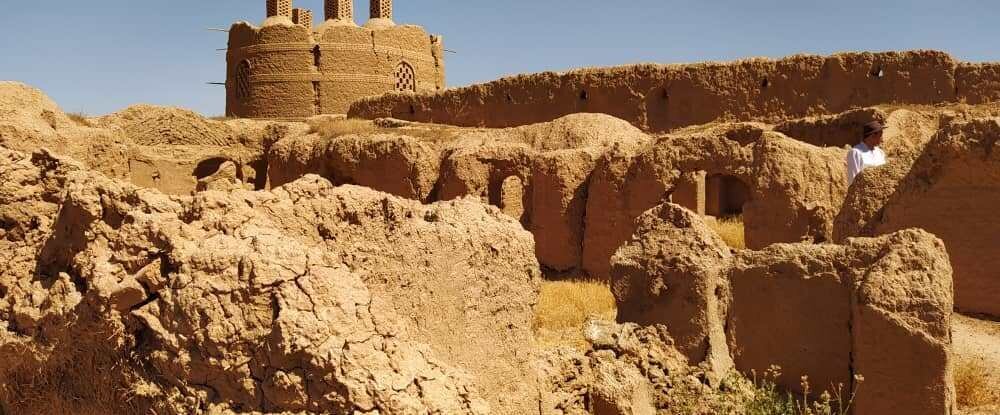‘Most extensive’ field research in central Iranian plateau yields 21 historical sites

TEHRAN – A total of 21 historical sites have recently been identified during what is called the ‘most extensive’ systematic field research so far conducted in the central Iranian plateau.
“A total of 21 historical sites have been recognized in (and around) Sadrabad village [which is situated in Zarandieh county, Markazi province] through a systematic field research in the central Iranian plateau,” ISNA quoted senior archaeologist Mojtaba Baqershahi say saying on Saturday.
“The sites that add up to 250 hectares in the area date from various historical eras,” Baqershahi, who is leading the project, said, adding that the project will be running through June 14.
“A ruined citadel, locally called Qaleh Kohneh, is situated near the entrance to the village. Shreds of Sassanid era (224–651) potteries are seen adjacent to the citadel,” the archaeologist noted.
Talking about the earliest and latest archaeological settlements so far recognized in the region, he said: “The earliest human settlement in the region dates from the New Stone Age (or the Neolithic era, which was approximately characterized by the adoption of agriculture) and the latest one dates back to the Safavid epoch (1501-1736).”

The archaeologist also emphasized on Bronze-Age related potteries that are found across the region, saying “One of the important points of this study is the discovery of special figurines of a goat, horse, eagle, and a fragment of a relatively huge container made of obsidian stone, as well as small cups from the Neolithic period; all testifying to the archaeological richness of the region.”
Elsewhere in his remarks, Baqershahi emphasized that the archaeological region is on a par with the Tapeh Sialk (“Sialk hills”, which is one of the oldest and richest archaeological sites in central Iran.)
Situated halfway between Kashan and Fin in Isfahan province, Tapeh Sialk has yielded interesting pottery pieces, metal tools, and domestic implements made from stone, clay, and bone that date from as early as the 4th millennium BC. Experts say Sialk is a treasure trove of information about diverse subjects such as palaeobotany, palaeozoology, palaeoanatomy, diet, climate change and ancient metallurgy.
Baqershahi voiced hope that subsequent archaeological seasons would shed more light on the sites that encircling Sadrabad village, saying “There are sites in the central Iranian plateau, which are remained untouched so far, and we hope that in the next chapters and by exploring this area, the various archeological questions to be answered to some extent.”
The first well-documented evidence of human habitation in the Iranian plateau is in deposits from several excavated cave and rock-shelter sites, located mainly in the Zagros Mountains of western Iran and dated to Middle Paleolithic or Mousterian times (c. 100,000 BC).
From the Caspian in the northwest to Baluchistan in the south-east, the Iranian Plateau extends for close to 2,000 km. It encompasses the greater part of Iran, Afghanistan and Pakistan west of the Indus River containing some 3,700,000 square kilometres. In spite of being called a “plateau”, it is far from flat but contains several mountain ranges, the highest peak being Damavand in the Alborz mountain range at 5610 m, and the Dasht-e Loot east of Kerman in Central Iran falling below 300 m.
AFM/MG
Leave a Comment